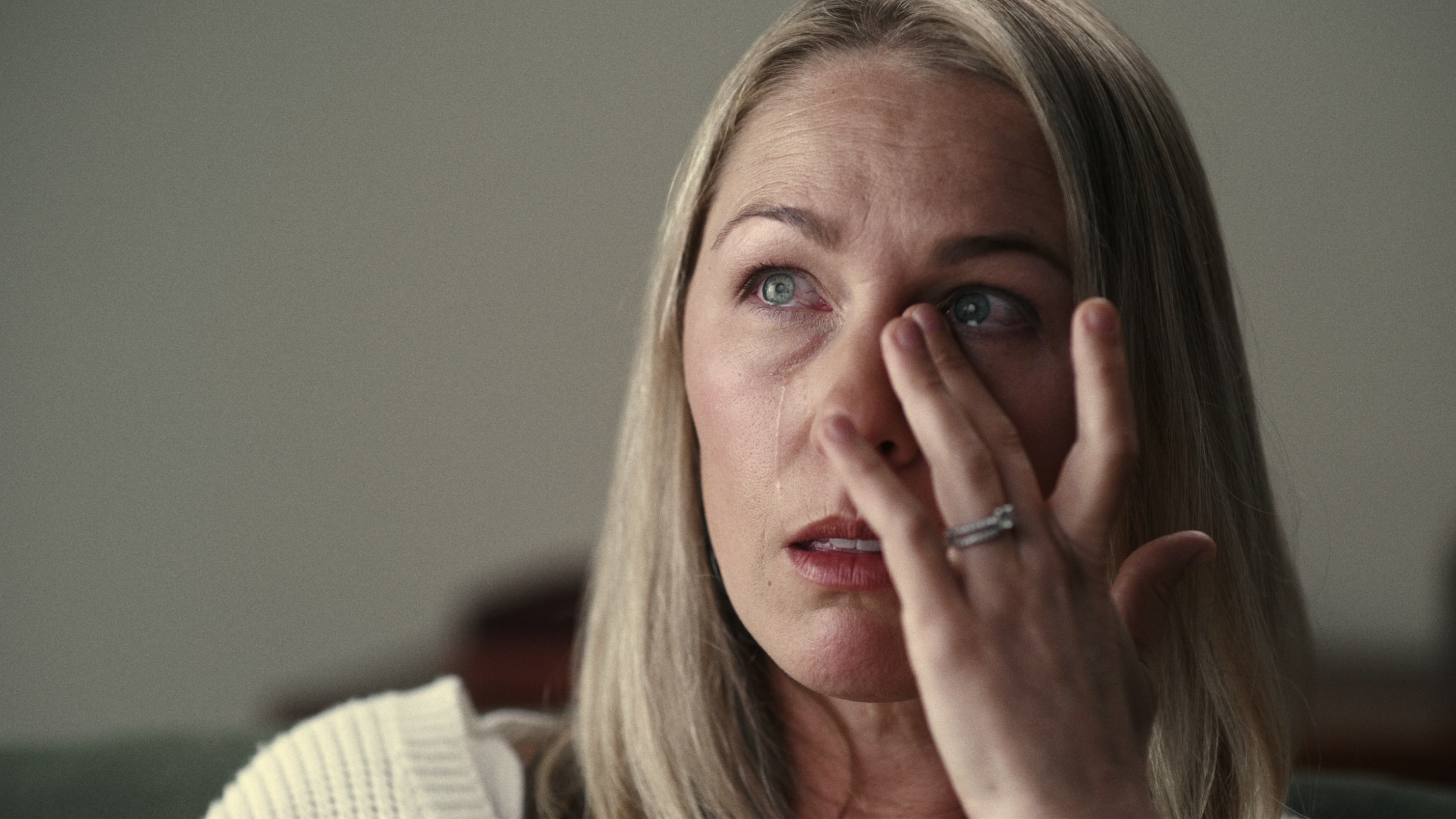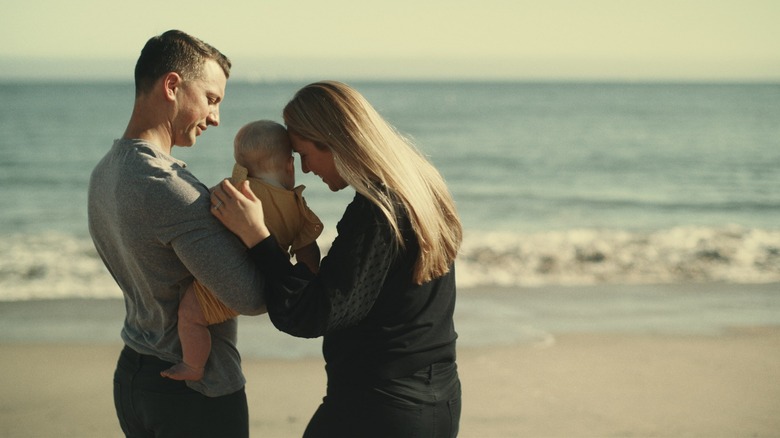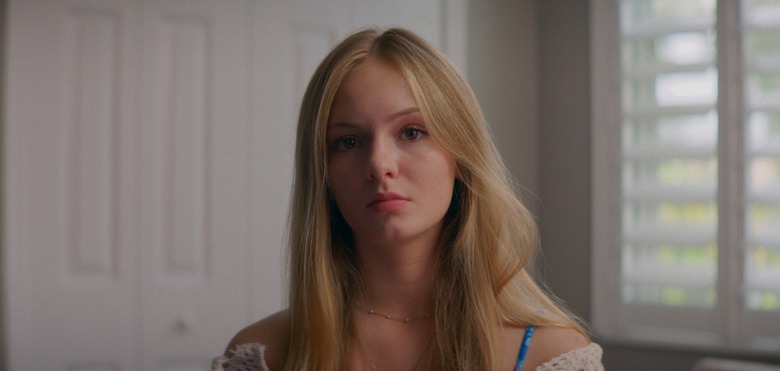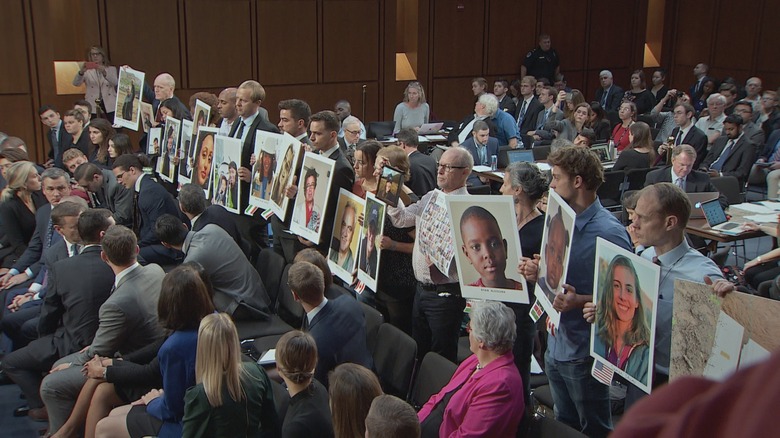3 Shocking Netflix Documentaries To Watch Next After American Nightmare
Truth is not only stranger than fiction — when you're looking for something new to watch from the biggest streamer on the planet, it can also be substantively more riveting. That's one reason, I think, for the success of a Netflix docuseries like American Nightmare, which, for someone like me who's found so many Netflix dramas forgettable and generally unsatisfying, is a welcome addition to the platform. It's also one of the biggest Netflix titles in the world right now, never mind that it's leaving viewers shocked and reeling from anger.
I can't help it, though; I seek out this kind of streaming content proudly. For me, the best Netflix releases are the ones that can't be watched passively and that illuminate something new or unusual about the real world. Stories about real people and their circumstances — those are the kind that make me especially sit up and take notice. I'd venture to say this also goes a long way toward explaining the success of something like the three-episode American Nightmare docuseries from filmmakers Felicity Morris and Bernadette Higgins, which is another one you can file away in the "I can't believe this really happened" category.
In short, this docuseries is about a 2015 home invasion in which Denise Huskins and Aaron Quinn were awakened in the middle of the night by an intruder. They were tied up and drugged while Denise was taken away and held for ransom. Quinn went to the police, who didn't believe his story. When Huskins later returned unharmed, the skepticism from investigators ratcheted up even more, giving this case a real-life Gone Girl feel.

Based on the newest available streaming data from Netflix, American Nightmare is the second-most-viewed Netflix series in the world right now, with 13 million views in its second week of streaming availability. Viewers have been so affected by it, in fact, that they've taken to social media in droves to slam the California police department at the center of the case.
A Change.org petition calling for one officer's resignation has also picked up a few thousand signatures, while the department's Yelp page has been disabled as a result of "unusual activity."
I'll confess: I decided to try out the series, having done no research about it whatsoever, solely on the basis of the filmmakers' previous outing (Netflix's riveting The Tinder Swindler). Not only am I glad that I did; watching it also got me in the mood for more documentary content from the streaming giant. If you, too, find yourself in that same position, here are three Netflix documentary films I'd recommend watching after finishing American Nightmare.
The Tinder Swindler
This first one is obviously a no-brainer. As strong a piece of work as American Nightmare is, the filmmakers' previous title is all the more so. The Tinder Swindler has almost everything — romance, intrigue, a con artist, and wronged women fighting back, all of it building toward a (mostly) satisfying conclusion.
"It's not easy to find love online," the official Netflix logline explains, "so when Cecilie matches with a handsome billionaire playboy, she can't quite believe it when he turns out to be the man of her dreams. But dreams aren't reality, and by the time she discovers this international businessman isn't who he says he is, it's too late. He's taken her for everything. Where this fairytale ends, a revenge thriller begins."
Couldn't have said it better myself.
Take Care of Maya
This next docuseries from director Henry Roosevelt delivers a searing and urgent indictment of the US healthcare system that you'll still be thinking about long after the credits roll.
It tells the story of Maya Kowalski, who, as a young girl, was rushed to a Florida hospital back in 2016 when she was 10 years old and in excruciating pain. Her parents were understandably freaking out; they also didn't know it at the time, but that trip to the hospital would change their lives, as well as that of Maya (who's now a teenager).
Basically, Maya seemed to be in chronic pain for which there wasn't a readily identifiable explanation. The doctors couldn't figure it out. Eventually, a doctor for a child welfare agency evaluated Maya and decided that her symptoms merited only one conclusion: Child abuse. And Maya's mother — who, among other things, gave her daughter Ketamine infusions to help with the pain — was singled out for blame. "As the medical team tried to understand her rare illness," Netflix's logline explains, "they began to question the basic truths that bound the Kowalskis together.
"Suddenly, Maya was in state custody — despite two parents who were desperate to bring their daughter home. The story of the Kowalski family — as told in their own words — will change the way you look at children's healthcare forever." Regarding that last sentence, truer words were never spoken.
Downfall: The Case Against Boeing
Finally, Boeing seems to be going out of its way to ensure that the relevance of this 2022 Netflix documentary endures. In recent days, for example, a former Boeing senior manager told The Los Angeles Times in an interview that "I would absolutely not fly a MAX airplane." His comments, of course, followed the midair blow-out of a door on Alaska Airlines Flight 1282.
"I've worked in the factory where they were built, and I saw the pressure employees were under to rush the planes out the door," Ed Pierson, that former senior manager, continued in his interview.
In other comments that were even starker, a former Boeing engineer who's also worked for the FAA gave a similar warning to the LA Times: "I would tell my family to avoid the MAX. I would tell everyone, really."
Downfall: The Case Against Boeing, from director Rory Kennedy, isn't focused on that specific Alaska Airlines incident that, unsurprisingly, went viral on social media thanks to videos that showed an ominously quiet flight cabin, passengers all wearing oxygen masks, and the night sky visible through a gaping hole in the side of the plane. At the same time, that incident very much speaks to issues of quality control that have increasingly surrounded Boeing — especially as it relates to two earlier fatal plane crashes in 2018 and 2019, which are at the heart of this documentary.
Both of those planes crashed because of a software feature built into the 737 Max 8 that pilots weren't trained for. Needless to say, I wouldn't recommend watching this grimly fascinating documentary before you have to fly anywhere. That's obviously the worst time to be reminded that your safety is in the hands of a company that's letting cost cuts and shareholder returns take primacy over ... well, you know, over what really matters.



